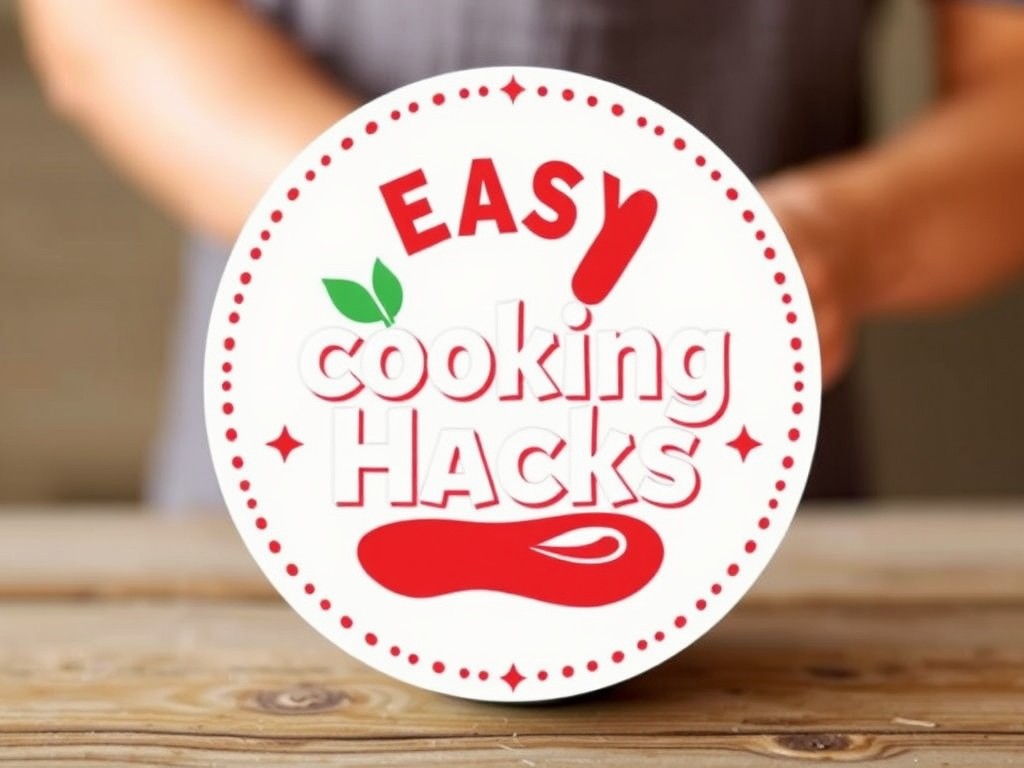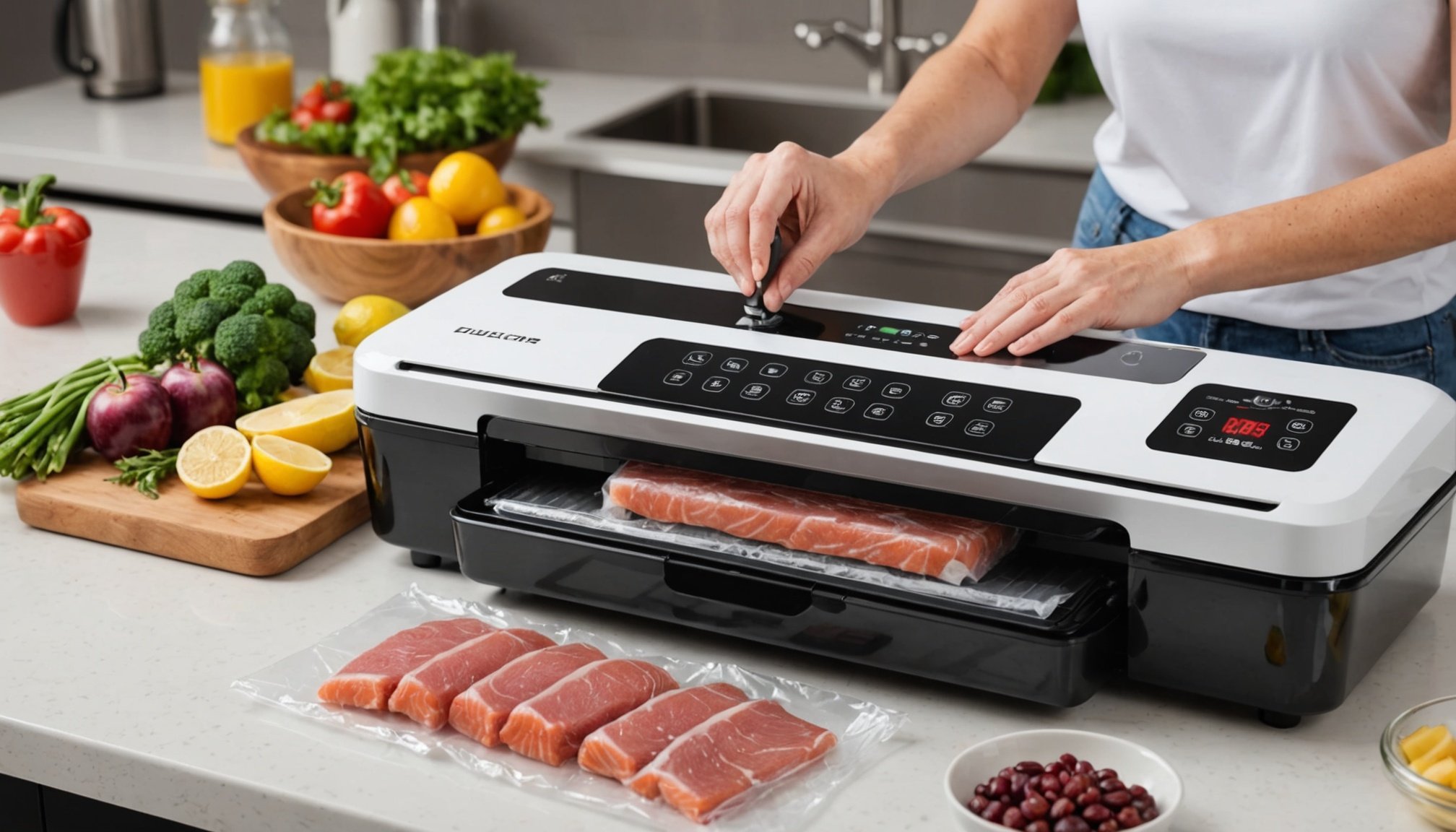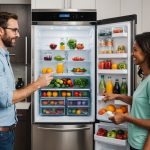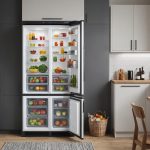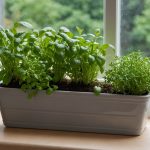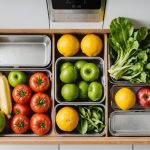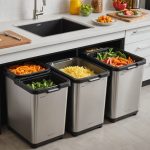In the quest for efficient food storage methods, one solution has stood out among the rest: the food vacuum sealer. Not only can it keep your food fresh for a longer period, but also it can cut down on waste, giving you the most out of your grocery shopping. The use of vacuum sealers has become increasingly popular in many households. However, with the variety of options available, choosing the best food vacuum sealer that fits your needs might seem overwhelming. But don’t worry, we’ll guide you through the process.
What is a Food Vacuum Sealer and Why It’s Essential?
Before we delve into the factors to consider when purchasing a vacuum sealer, it’s crucial to understand what it is and its relevance. A food vacuum sealer is an innovative kitchen gadget that uses vacuum sealing technology to keep your foods fresh for an extended period.
Also to discover : Which Manual Citrus Juicer Extracts the Most Juice Without Effort?
Why is this so essential, you might ask? Traditional storage methods, such as zip-lock bags or Tupperware, leave air in the container, which facilitates the growth of bacteria and mold, leading to food spoilage. Vacuum sealers, on the other hand, remove the air from the packaging, creating an airtight seal that significantly slows down the spoilage process.
What to Look for in a Vacuum Sealer?
Now that we have a basic understanding of what a vacuum sealer is and why it’s essential, what factors should you consider when choosing one? While there are various models and brands in the market (like the Anova Precision Vacuum Sealer and the FoodSaver V4840), the following are some key features you should keep an eye on.
Have you seen this : What Is the Best Design for a Spice Rack That Offers the Easiest Access?
Type of Vacuum Sealer
There are two primary types of vacuum sealers: handheld sealers and chamber vacuum sealers. Handheld sealers are compact and portable, making them suitable for small kitchens or occasional use. However, they may not be as powerful or versatile as their chamber counterparts, which are bulkier but can seal a variety of bags and containers, including jars and bottles.
Versatility
The best vacuum sealers should be able to handle a wide range of foods, from dry goods like cereals and nuts to moist foods like meat or vegetables. Some models even come with a ‘moist’ setting, which adjusts the sealing process to ensure a secure seal without damaging the food.
Quality of the Seals
The primary purpose of a vacuum sealer is to create an airtight seal that keeps air and bacteria out. Therefore, the quality of the seals is a crucial factor to consider. Look for a sealer that produces consistent, high-quality seals. Some models offer a double sealing feature, which provides an extra layer of protection.
Where to Buy a Vacuum Sealer?
You have a clear understanding of what a vacuum sealer is and the features to look for, the next question is: where should you buy one? The answer is simple: Amazon. Amazon offers a wide variety of vacuum sealers in different models and brands, with countless reviews from users who have used the products. This information can be incredibly helpful in making an informed purchasing decision.
Using Vacuum Sealer Bags Correctly
While the vacuum sealer is the star of the show, the bags it uses play a vital supporting role. Not all vacuum sealer bags are created equal, and using the wrong type can lead to subpar results. Firstly, ensure that the bags you use are compatible with your vacuum sealer. Some sealers work best with specific brands or types of bags.
When filling your bags, avoid overstuffing them. Leaving enough space at the top of the bag ensures a proper seal. It’s also important to make sure the edge of the bag where the seal will be formed is clean and free of food particles, as this can interfere with the sealing process.
Conclusion
Choosing the right vacuum sealer can revolutionize your food storage methods, keeping your food fresh for months and reducing waste. By understanding what a vacuum sealer is, the factors to consider when choosing one, where to buy, and how to use the bags correctly, you’re well on your way to making an informed decision. However, it’s worth noting that vacuum sealing is not a substitute for refrigeration or freezing. It’s a tool to enhance these methods, extending the shelf life of your foods.
Vacuum Sealing and Sous Vide Cooking
Apart from preserving food longevity, vacuum sealers can also facilitate the sous vide cooking method. Simply put, sous vide is a culinary technique that involves cooking food at a precise temperature in a vacuum-sealed bag submerged in water. This method allows for even cooking and retains moisture, making it a favorite among gourmet chefs.
The vacuum sealer is essential in sous vide cooking as it ensures the food is completely sealed, allowing for efficient heat transfer from the water to the food. It also keeps the flavors locked in and prevents the food from being waterlogged. The Anova Precision Vacuum Sealer, for example, is a popular model that many sous vide enthusiasts use due to its high-quality seals and versatility.
When using a vacuum sealer for sous vide cooking, it’s essential to choose the right bag. Bags that are certified as safe for sous vide cooking are typically made from a type of plastic that can withstand high temperatures without melting or leaching harmful chemicals into the food. Also, sous vide bags should be puncture-resistant to prevent leaks during the long cooking process.
Lastly, vacuum sealing for sous vide allows you to prepare meals in advance, seal them, and store them in the refrigerator or freezer until you’re ready to cook. This can save a significant amount of time and effort, especially for those with busy schedules.
Cleaning and Maintenance of Your Vacuum Sealer
Whether you’re using it for food preservation, sous vide cooking, or both, your vacuum sealer will need regular cleaning and maintenance to keep it in peak condition. Many people overlook this aspect, but it’s crucial for the longevity of your appliance and the quality of the seals it produces.
Cleaning the vacuum sealer involves wiping down the exterior with a damp cloth and mild detergent. For the interior, especially the sealing bar and gasket, remove any food debris and clean with a soft brush or cloth. Some models, such as the FoodSaver V4840, have removable drip trays that are dishwasher safe, making cleanup a breeze.
Regular maintenance includes checking the seals and gaskets for wear and tear. If your vacuum sealer isn’t sealing properly or if it has lost suction power, it may be due to worn-out seals or gaskets. These parts are usually replaceable, so check the manufacturer’s website or Amazon view for replacements.
Additionally, if your vacuum sealer has an accessory port for sealing jars and canisters, ensure it’s clean and clear of any obstruction. Regular use of this accessory port for delicate foods or non-food items can result in blockage, which can affect the performance of your vacuum sealer.
Conclusion
A food vacuum sealer is a versatile addition to any kitchen. It not only increases the shelf life of your foods but also allows for efficient sous vide cooking. Considering the type, versatility, and seal quality when choosing a vacuum sealer ensures you find a model that suits your needs.
Remember to purchase from a reliable source like Amazon, where you can read user reviews to make an informed decision. And don’t forget the importance of using the right vacuum sealer bags and maintaining your appliance for optimal performance. As a final reminder, vacuum sealing is not a standalone preservation method but an enhancer to refrigeration or freezing. Happy sealing!
